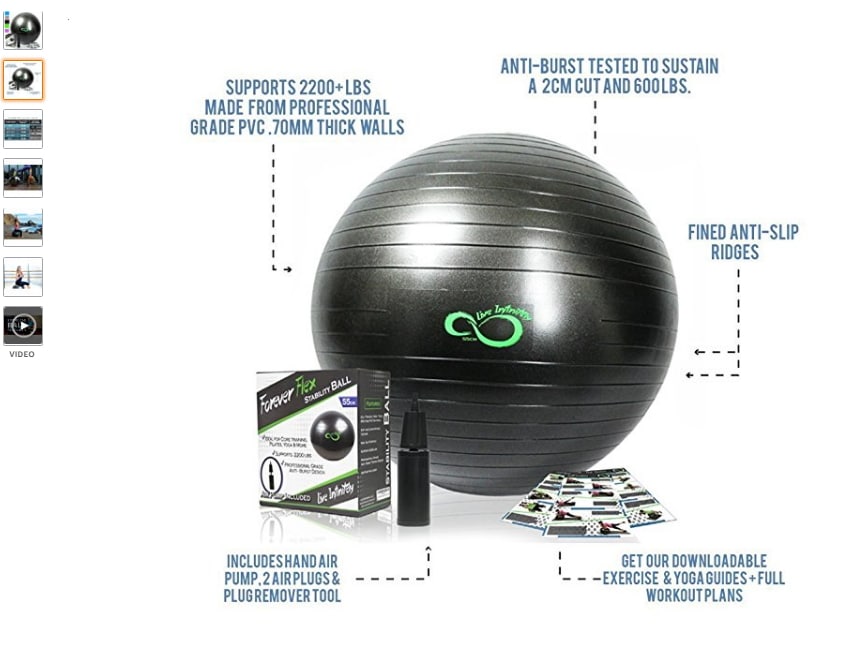What Every Professional Photographer Ought To Learn About Lights
What Every Professional Photographer Ought To Learn About Lights
Blog Article
Material Author-Hinson Fraser
As a professional photographer, you recognize that illumination can make or break your pictures. Understanding the subtleties of both all-natural and fabricated light is necessary for catching the state of mind and clearness you aim for in your job. Whether you're chasing after the best golden hour radiance or fine-tuning your synthetic setups, mastering these aspects can raise your photography dramatically. Yet there are common mistakes that lots of neglect, and identifying them can change your method to every shoot. Let's explore what you might be missing and just how it can influence your outcomes.
Recognizing All-natural Light
Understanding natural light is critical for any type of professional photographer wanting to boost their work. It's the structure of fantastic photography, affecting state of mind, tone, and clarity. When you fire outdoors, take note of the moment of day. your input here -- shortly after dawn and prior to sunset-- uses soft, cozy light that can transform average scenes right into magnificent pictures.
Don't ignore the power of overcast days. Cloud cover diffuses sunlight, producing a soft, even light that's perfect for portraits and macro digital photography. You'll discover colors appear this type of lights without harsh darkness.
Positioning matters, too. Constantly consider your subject's alignment to the light source. If the sunlight's behind your topic, you might wind up with a shape, which can be significant however mightn't be what you want. Alternatively, straight sunshine can develop uncomplimentary shadows.
Trying out angles; often, altering your perspective can yield remarkable results. Usage all-natural reflectors, like water or sand, to bounce light onto your topic, including measurement.
Learning Artificial Light
Grasping artificial light is necessary for photographers that wish to take their skills to the next degree. Whether you're utilizing speedlights, studio strobes, or continual lights, understanding exactly how to manipulate these resources can drastically improve your photos.
Start by familiarizing on your own with the essentials of light quality, direction, and shade temperature. Experiment with various modifiers like softboxes, umbrellas, or grids to regulate the softness or cruelty of the light.
You'll discover that soft light often creates complementary outcomes, while harsher light can add dramatization and deepness. Don't avoid shadows; they can boost the three-dimensionality of your topics.
Pay attention to the placement of your lights. A light positioned too close to your subject can create uncomplimentary outcomes, while as well away can cause an absence of detail. Utilize a light meter or your video camera's histogram to guarantee you're revealing appropriately.
Lastly, remember that fabricated light can be combined with ambient light for creative impacts. Balancing these sources could take practice, but once you master it, your photography will genuinely shine.
Strategies for Different Circumstances
When you step into various shooting circumstances, adjusting your lights strategies is essential for catching the most effective pictures. For outside pictures, make use of the golden hour-- morning or late afternoon light-- to soften shadows and boost complexion.
If it's a severe lunchtime sunlight, think about utilizing a reflector to bounce light back onto your topic or look for shaded locations for an extra also exposure.
In low-light circumstances, like interior occasions, raise your ISO and utilize a wide aperture to let in even more light. https://blogfreely.net/eusebio04barbar/innovative-ways-to-market-your-photography-provider can aid remove video camera shake, enabling longer direct exposures without obscuring.
If you're shooting at evening, try out off-camera flash to create dynamic lighting and depth in your images.
For product photography, make use of diffused lighting to avoid rough reflections. Softboxes or light tents can help attain this result.
When photographing landscapes, take into consideration the instructions of light and time of day, as it can drastically change the mood of your shot.
Constantly prepare to adjust your setups and placing based on the circumstance, as adaptability is vital to understanding lighting in photography.
Verdict
To conclude, understanding lighting is crucial to raising your digital photography skills. Embrace all-natural light's charm during gold hour, and do not avoid try out synthetic light methods. By adjusting your approach to different situations, you'll catch spectacular photos that reverberate with feeling and clarity. https://writeablog.net/beau25rich/essential-digital-photography-gear-what-you-actually-required-to-get-started in mind, the appropriate illumination can transform an average shot into something extraordinary, so keep exercising and fine-tuning your understanding of both all-natural and artificial light. Delighted shooting!
